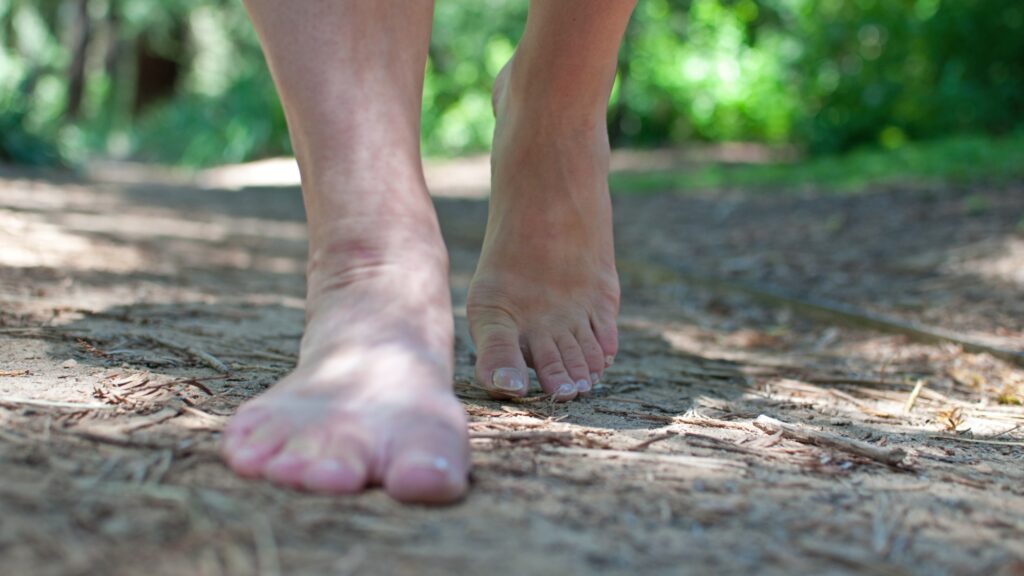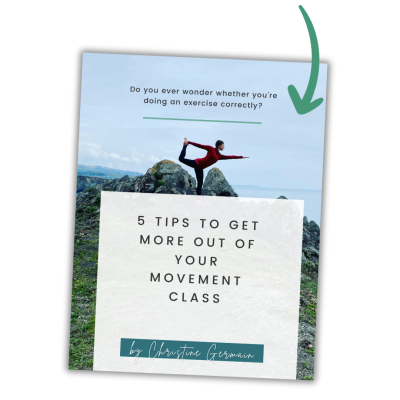Desire Lines – Exploring Our Inner Landscape

As a teacher, it is important to me that I learn who my students are. Communication being a pillar of learning, is ever more resonant and inspiring through interrelatedness. Learning about the nervous system can be perplexing, for those being introduced. But through the pedagogical use of analogy, I can ease their way towards transformation.
Hence, it’s ever incumbent on me to tailor verbal cues to each individual’s comprehension. There isn’t one standard way to teach movement. The same movement can be taught in a multitude of ways and will be interpreted differently. I lend full attention to learning and contemplating my student’s lived experiences and perceptions, and how it informs their relationship to movement.
For example, speaking in terms of physics and leverage when teaching engineers, about sports and games with athletes, about movement quality and rhythm with dancers, and about lights and cardinal points with landscape architects.
A few years ago, a student and I were discussing how the nervous system creates grooves when patterns reoccur over and over again. This student is a renowned and well-respected landscape designer. That being so, I likened those grooves, to the well tread paths one may see in a grassy field or park. I explained that the longer the habit has been there, the deeper the groove in the nervous system (like that pathway in the landscape). Sometimes, that pathway is so ingrained, it becomes the familiar default, and we lose sight of how many other choices we could have. These grooves of “wear and tear” patterning, are what happens in our bodies and in our nervous system.
So the analogy I found with this student, was to address how they would design a site. I asked: “When you create a space: Do you start by observing how people use the space? Where they walk? Do you consider that pathway in the grass in your creative process? Or do you build a completely new path hoping pedestrians will change their habits?” As I expected, they said that they study the site first, observing and considering human behavior patterns.
She taught me that day that there was a name for those paths in the grass: Desire Lines. How beautiful is that?
So I said: “I want you to learn how to study your Desire Lines within, so that you have the agency and the power to design your new movement pathways.” If I come as an authority positing correction, you’ll get a quick satisfaction. But in the long term, there is a chance your neural pathways will go back to their old habits and cut corners (neural pathways are the brain’s Desire Lines).
In order to prevent regression into the well-worn pathways of yore, the new pathways must be paved in softer, simpler way. The old paths have been helpful in the past and could be still, but the new and more functional ways must feel organically like a more desirable choice.
Corrections and dictates may at times cause more tension and stress. Distracting one with thoughts of, “Am I doing it right?” rather than the student having the space to explore and land into their embodiment and alignment. I’m not saying that corrections should never happen. I’m well aware that if my clients go to a high energy fitness or dance class, they might receive corrections, but the approach can be congenial. If I can teach my students to be present and embodied, their attitude towards their learning style can change from frustration to curiosity. Honing their relationship with their body’s own native intelligence and ability to come into equilibrium, rather being reliant on an authority in order to improve.
So, next time you are doing a front plank, notice which arm you tend to favor (where you put more weight). We all favor one side in most of what we do. We’re human and most of what we do in life is not symmetrical. The question is, “Can you sense it?”. Then, I invite you to exaggerate what you already do. My students usually look at me with puzzled gaze when I ask this. I usually repeat the suggestion adding, “You have permission to do it as you’ve grown accustomed, so that your nervous system can register the difference”. Then you favor the opposite side, and send that information to the brain. Once I’ve done this with my students, I ask them to find the center, and it’s usually very centered.
The nervous system has native intelligence. So instead of offering corrections from the vantage of an authority, I guide them to ever deepening self-awareness and embodiment. Resultantly, the student has not just “learned how to learn”, but they’ve begun getting in touch with how they learn. I will add information at times, but I’m hoping that they develop that important “muscle,” which is the one of sensing. Have you tried it? How does it feel?
A group class doesn’t always allow us to go into details at times, and as a teacher I might correct in a more conventional way during my Pilates class for example. But whenever possible, I guide my clients toward a self-inquiry that doesn’t rely on my approbation, but their own sensation. If they can deepen their sense of themselves, they’ll be able to be their own teacher, whichever sport or activity they practice.
When entraining restorative movement patterns, imagine how harmonious it would feel to integrate what’s already established rather than imposing or fighting it? Acknowledge what you’re already doing, and introduce a new pathway. Focus on the sensation rather than how it’s supposed to look.
What are the Desire Lines within you? The patterns that have served you, but perhaps no longer do? The shortcuts taken to avoid places you don’t want to go to?
Sign up for a Feldenkrais® class to learn more about our Desire Lines and design a stronger you.
Photo Credits: Oda Aase Johnsen


